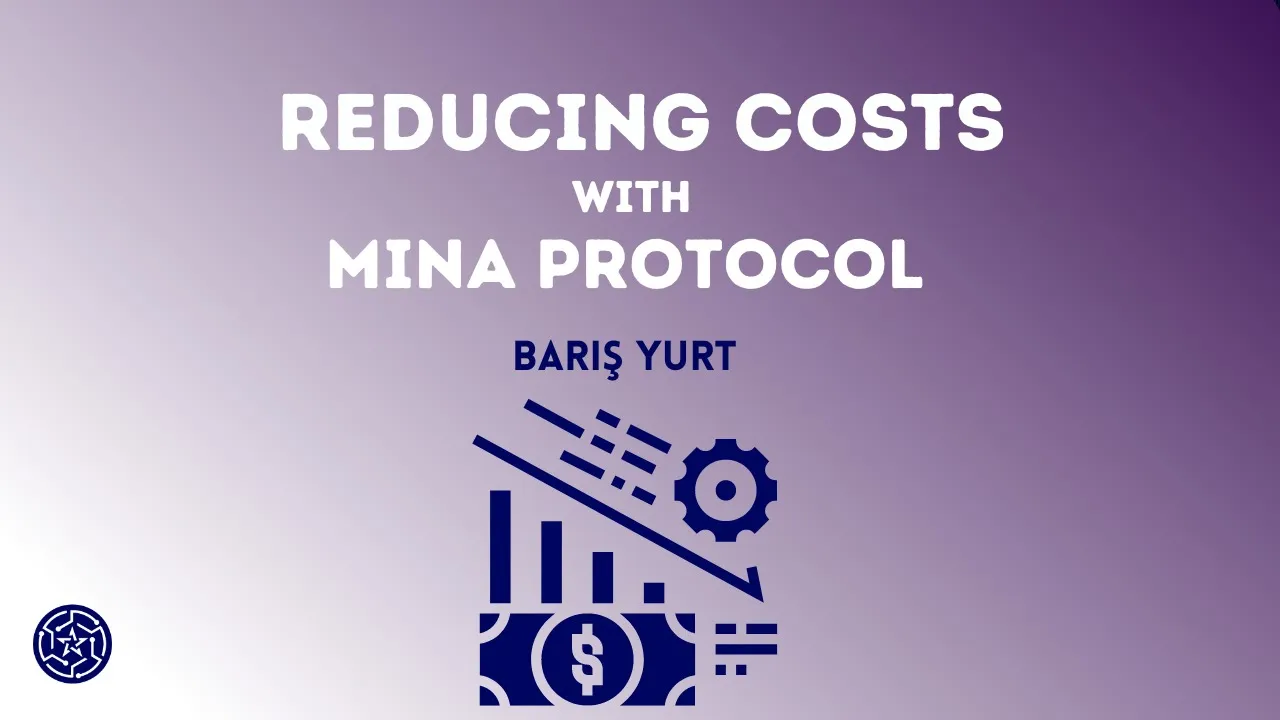
Introduction
Hey there! Let’s dive into an exciting topic today. Blockchain technology has disrupted many industries with its decentralized, secure, and transparent platforms for anything from financial transactions to digital verifications. But while blockchain networks have grown, so also have their challenges. The most significant ones involve the high gas fees that are charged to users in return for performing transactions on the blockchain-these are transaction costs. The fees grow very quickly when the network is busy; hence, it gets very expensive for the multitude to join in. To developers, this is quite a big problem, because without a solution it’s difficult to build scalable decentralized applications or dApps, which invite lots of users without scaring off users that cannot pay fees.
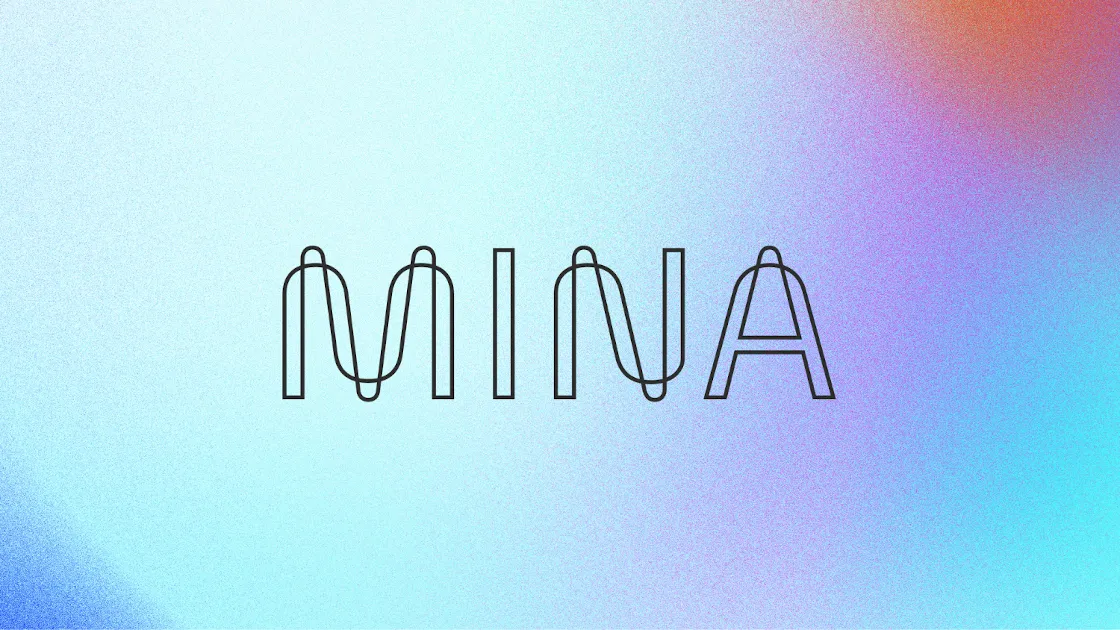
Figure 1 — Mina Protocol
Enter Mina, a lightweight blockchain (lightweight, baby!) protocol that’s changing the game. Mina solves the mentioned problem with its new off-chain execution model. Rather than processing every transaction on the chain and needing gas fees for each one, Mina handles transactions off the chain and sends the final results to the blockchain as zk-SNARK proofs. This method removes gas fees while keeping the network secure and reliable.
Mina does this by drastically reducing the computational labor required to join the blockchain, which in turn also quickens the pace of transactions and increases the number that can occur concurrently. Mina uses less energy than traditional blockchains, an important factor considering that people are worried about the ecological impact blockchain technology has.
**So how does this all work tho? **In this article we will look at how Mina’s no-gas-fee model works, its main components, and what it means for the future of blockchain technology.
The Advantages of Low Transaction Costs for Users and Developers
Let’s break down the benefits of Mina’s unique transaction cost model. First, it significantly reduces transaction fees. It is that simple. Thanks to that, blockchain transactions become more accessible to everyone. In fact, high transaction fees have kept many people away from using blockchain services recently, such as DeFi and NFT markets (Checkout Ethereum). By minimizing these costs, Mina opens a route for users to engage with the network irrespective of their financial status and makes blockchain technology more inclusive.
This means for developers that they will be able to create dApps for a broader audience. They will not need to develop apps for an elite few with deep pockets, but rather applications whose value is reasonably affordable, allowing more people to experience them. With minimal transaction fees, developers are free to focus on perfecting and scaling their applications, knowing that the platform can comfortably handle many transactions without overcharging users.
Off-Chain Execution: Reducing Computational Costs
Now, let’s talk about off-chain execution. Off-chain execution is a method of moving most transaction computations away from the blockchain. Instead of directly computing every transaction on-chain, which would involve the need to pay for computational costs in gas fees, Mina does these operations off of the chain. Once computed, only the final result is sent onto the blockchain as zk-SNARKs.
Before to talk about zkSNARK’s, I want to mention some innovative solutions come with that execution model. In Mina, one of the most substantial innovations is the way transaction processing is handled by the users themselves without the need for specialized hardware or powerful computing resources such as smartphones, laptops, or personal computers.
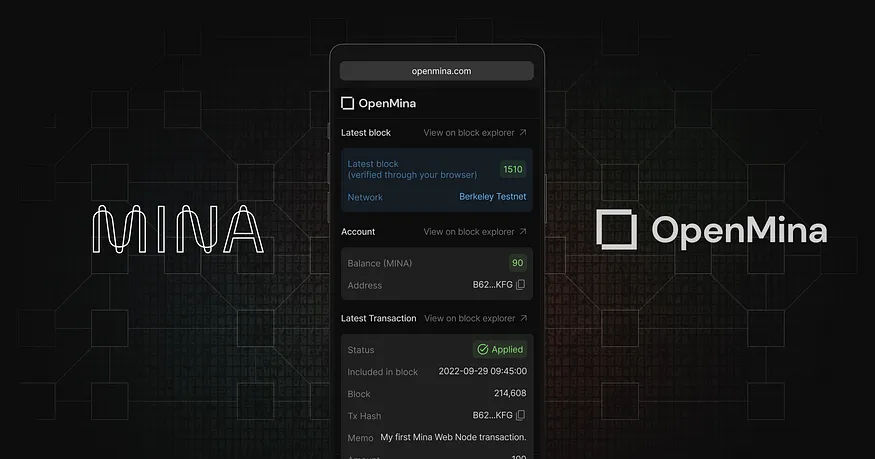
Figure 2 — OpenMina
Mina allows users to perform transaction computations on their own devices, generating zk-SNARK proofs as a result. Validators on the network then verify these proofs within seconds. This off-chain computation and on-chain verification model applies to all applications on the Mina network. Rather than having the computation load be the responsibility of these validators, it is assigned to the users themselves. Each participant processes his/her transaction locally, and only the proof of it is sent to the chain. For the network’s own operations, Mina utilizes Snarketplace (a dedicated infrastructure designed specifically for off-chain computation).” This model guarantees that the validators and the blockchain remain secure and will not be overwhelmed by the processing of transactions, even as the network grows. Therefore, Mina can be connected to millions, or even to billions, of users without becoming clogged or dealing with inefficiency issues, theoratically. If you want to learn about more details, let’s take you to OpenMina: An in-browser Mina node that verifies blocks and transfers funds (Related Medium Paper).
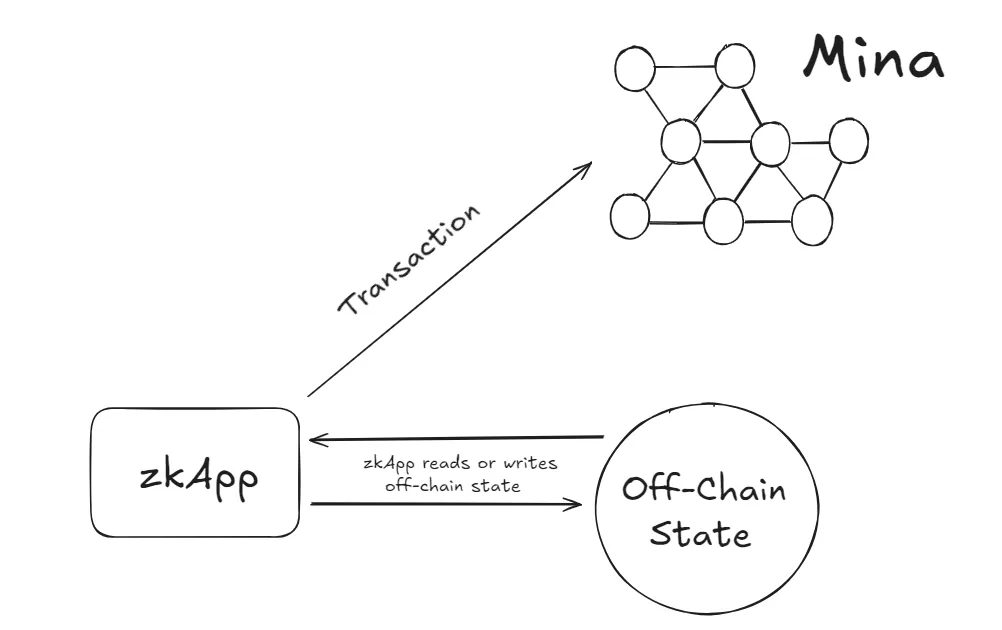
Figure 3— An illustration of Mina’s Off-Chain Execution
The Source of the Magic: zk-SNARKS
Say hello to zk-SNARKs! Our protagonist zk-SNARK is a type of proof in cryptography. It enables one party to prove that they possess some information — say the witness, denoted as w — without necessarily showing that information. Meanwhile, it ensures that the computation of the boolean function f(a, w), where a is public input, is correct. By definition, these proofs are zero-knowledge: they do not leak any information whatsoever about the witness. They are succinct-in other words, the proof is very short, and verification is extremely fast for complex computations. Also, they are non-interactive-there is no need to exchange messages between the prover and verifier. It is very useful to avoid interaction.

Figure 3 — Basically how zkSNARK’s works.
zk-SNARKs are important for keeping things private and efficient in blockchain systems. They enable the verification of computations being done without revealing private information. In the Mina Protocol, zk-SNARKs enable the running of transactions off-chain and sending proofs to the blockchain. This helps the network avoid gas fees and provides great security. Users can trust that their transactions will go through without excessively high fees. Developers can build fast, highly scalable decentralized applications without needing a lot of on-chain computations.
Of course, off-chain execution not only reduces transaction fees; it also offers other characteristic features.
Preventing Chain Congestion & Enhancing Scalability
Mina’s off-chain model of execution saves money by helping to ease network congestion. Every transaction made in normal blockchain systems adds to the number of loads on the chain, which leads to slower transaction speed and higher fees at times of congestion. Handling transactions outside of the chain, Mina takes off the load from its blockchain, therefore enabling better scalability.
Figure 4— Mina Tx Fee’s from Minascan
In other words, fewer transactions on the blockchain mean the chain can support more users and applications without performance degradation. This is why Mina would be one of the best choices for developers who need to build high-capacity applications with high-speed processing. Besides the low cost, Mina’s platform will be able to foster fast growth on the part of decentralized applications and systems.
Sustainability Through Energy Efficiency
An additional benefit is increased energy efficiency. These days, environmental effect (e.g., the environmental impact of Bitcoin) is one of the main issues with blockchain technology. The majority of blockchains, particularly those based on proof-of-work, use a tremendous amount of energy to ensure transaction verification and security. On the other hand, the majority of the computational work can be completed on user devices thanks to Mina’s off-chain execution approach, which more evenly distributes the energy consumption throughout the network. This decentralized strategy contributes to a more scalable and sustainable ecosystem by reducing the energy requirements directly related to the blockchain. For enterprises and software developers, this is a chance to expand on a network that supports international initiatives for environmentally friendly technology without compromising functionality.
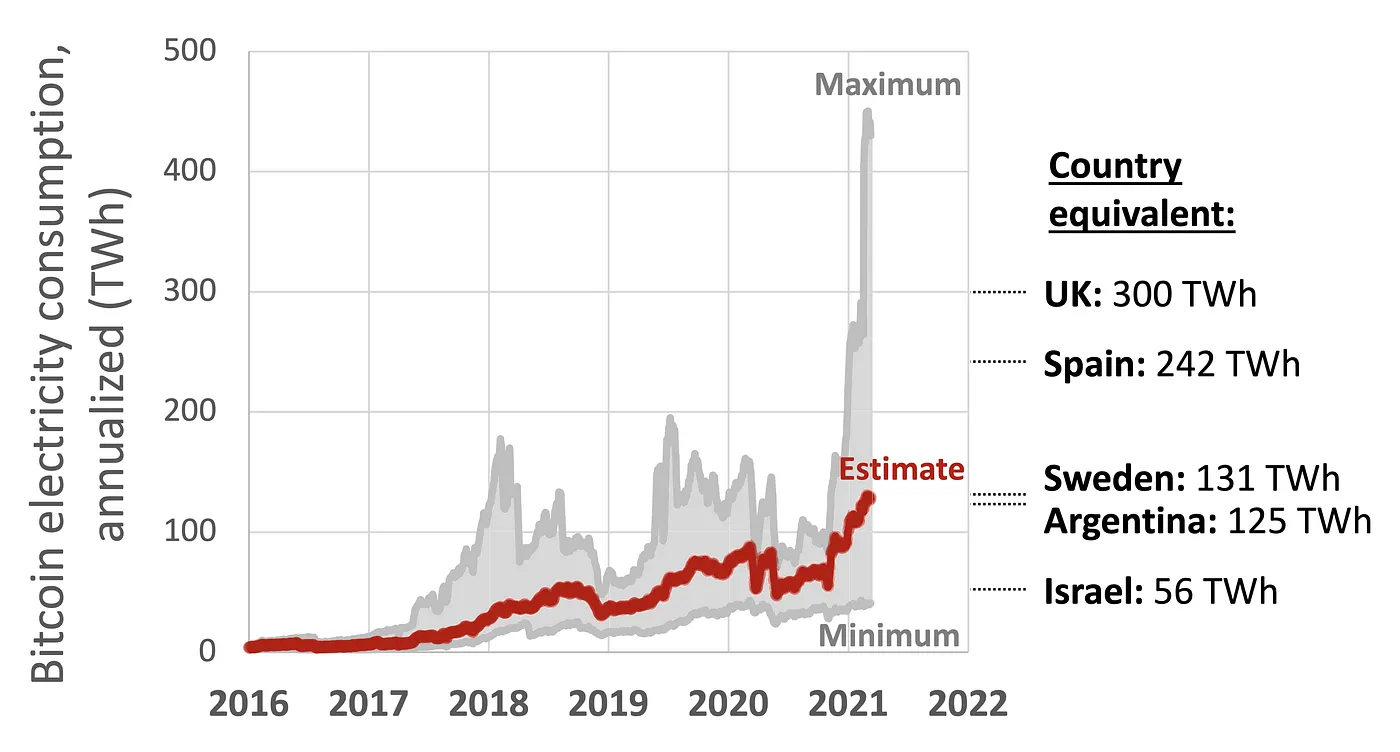
Figure 5 — Electricity consumption of the bitcoin network since 2016 (annualized)
Future Outlook: Adoption and Business Models
Looking ahead, what does this mean for adoption and business models? With Mina’s well-prepared zero-gas-fee model, it will probably bring in more users and developers. As there are no costs, the ability of the network to grow well, it’s a great place for new dApps creation in many diverse fields. Developers now have the ability to build much more advanced and complex applications, free from the binding on-chain limits and high costs.
Also, the current creation brought by Mina opens new opportunities for businesses. Companies don’t charge gas fees, and they can design a very low-priced business model with the customer not needing to pay transaction fees. They can then sell their services to more people. Probably the change might open the technology to more industries: financial, logistic, entertainment, and retail.
Conclusion
At the end of the day, Mina’s off-chain execution model solves most of the current blockchains’ problems. Without the barrier of high gas fees (Personally, I hate them), halting chain congestion, furthering scalability, and promoting sustainability, Mina makes blockchain more usable, affordable, and environmentally friendly. As more developers and businesses realize the benefits of this model, we will continue seeing a greater number of types and sizes for decentralized applications that help more industries adopt blockchain technology.
Mina is genuinely unique because of its community-driven model, in which each user is an essential element of the network. Mina makes sure that every user plays a part in maintaining the security and effectiveness of the ecosystem by letting them create proofs and validate transactions. With the help of this special decentralized model, anybody may contribute to Mina’s expansion and innovation, helping to create a future in which blockchain technology is not only more widely available and scalable but also more cooperative and inclusive. Mina is a community where all members have a stake in influencing the direction of decentralized applications, not just a network.




评论 (0)